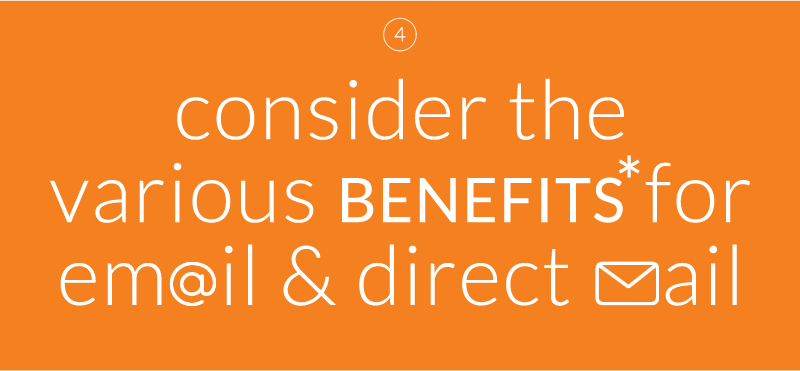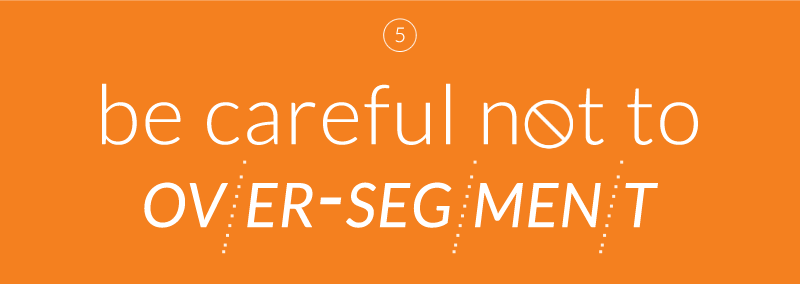Segmenting your list: an introduction
What are you more likely to read—an email addressed to you personally or a message that’s obviously been sent out to the masses?
A personal email, right? Of course! And it’s even better if the sender includes a few key details about your life (like “How was your sister’s wedding?” or “How was your trip to such and such place?”) to show they care and are paying attention.
There’s no question you’re more likely to respond to that person—especially if they’re asking for a favor!
The same goes for fundraising emails. With so many messages flooding people’s mailboxes and inboxes these days, it can pay to send one that really stands out.
By being attentive to your donors and your relationship with them, you can increase your email response rate AND your donation rate.
Segmentation is also a great way to spot trends with your donors, spend your time more effectively and cut costs by ensuring you’re focusing on quality—rather than quantity—in your communications.
Here are a few tips to get started:

The key to successful segmentation is having good data—so you can actually see the results of your efforts. Before you create any segments, make sure you get your data in order and ensure you know the source of every donation (i.e. an event, an online donation form, etc.). If your list isn’t organized, you could end up sending something to the wrong segment or sending an email to someone three times if their name is duplicated in your records!

You can segment your list in a number of ways, such as: previous gift size, age group, channel (for example, if the donor found you on Facebook), what time of year someone donated, if they have participated in a particular program with your organization etc.
There are endless possibilities—it’s just a matter of figuring out which ones will benefit you. Start simple by segmenting into donors and non-donors. Then, you can expand. It’s also a good idea to start building profiles of your donors: their likes, dislikes, giving preferences, donation history, interests, demographics etc.
You can even ask donors how frequently they want to hear from you and what medium they prefer (email vs. snail mail)—either by asking them outright, including opt-in and opt-out links or by just looking at the data and donors’ past behavior.

Now, this doesn’t mean just focusing on donors who give the most or are part of your monthly giving program.
It’s definitely worthwhile to segment high-dollar donors (over $250, for example)—but it’s also good to look at people who are giving frequently, yet perhaps in smaller increments. Some donors may give $5 every time you ask. These are valuable donors. You may also have someone who has donated for 20 years. That’s another valuable donor.
See which people are making the biggest impact for your organization, and segment that way.
Make sure you also tailor the messaging to these groups—for instance, asking monthly donors to send an additional gift around the holidays or acknowledging people who've already given in a campaign and asking them to consider donating again.

Segmenting your email list can enhance the experience for your donors and help you develop a better relationship with them.
In direct mail, it does the same, but it can also mean concrete savings for your organization. For instance, you can reduce postage costs by eliminating donors who don’t want direct mail.
Segmentation is also great for budgeting. By reviewing the data on each segment, you can see which donors are giving you a good ROI, and you’ll also be able to better weigh the pros/cons of segmentation.
Finally, if you can engage people online and offline, even better! For example, say you mail a calendar to your members. You can also let them know via email that the calendar is on its way.

If you divide your donors into too many groups, you’ll end up wasting both time and energy. Start with a few segments and test them to see how they behave. Then, you can go from there.
Above all, remember the #1 rule for segmentation: Don’t do it unless you can do it well. There has to be a measurable benefit.
Good luck!
